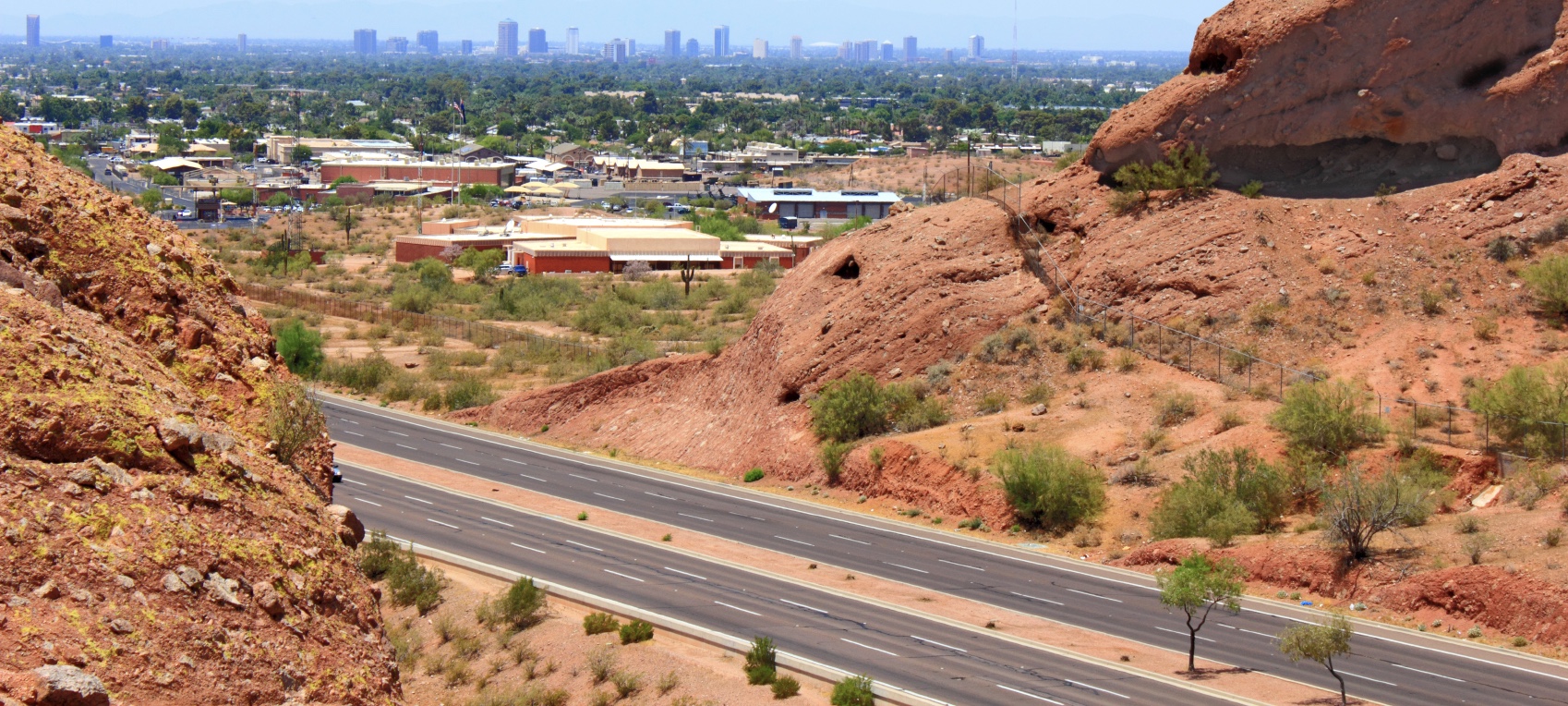
ASU-RSI: Signs pointing to improvement
The ASU Repeat Sales Index (ASU-RSI) continued to decline in June, but the numbers contained positive signals that improvement is the trend in the Phoenix metro real estate market. Overall, the ASU-RSI revealed that Phoenix prices in June declined by 31 percent when compared with prices in June 2008 — a slight improvement over May, when prices declined by 33 percent over May 2008, and April, which declined 35 percent compared to April 2008. When prices are compared month to month, there is more hopeful news. Prices tracked by the index increased by 0.8 percent in June 2009 compared to May 2009 — the first time that has happened since March 2007.
The ASU Repeat Sales Index (ASU-RSI) continued to decline in June, but the numbers contained positive signals that improvement is the trend in the Phoenix metro real estate market. Overall, the ASU-RSI revealed that Phoenix prices in June declined by 31 percent when compared with prices in June 2008 — the 28th straight month of declining numbers.
Still, this is a slight improvement over May, when prices declined by 33 percent over May 2008, and April, which declined 35 percent compared to April 2008. Preliminary estimates for July and August have prices declining at progressively slower rates: 28 and 25 percent. When prices are compared month to month, there is more hopeful news.
Prices tracked by the index increased by 0.8 percent in June 2009 compared to May 2009 — the first time that has happened since March 2007. Finance professor Karl Guntermann, who compiles the index with the help of research associate Adam Nowak, added that the percentage increase was higher for lower-priced homes (1.2 percent) than for higher-priced homes (0.5 percent).
Further comparing the poles of the market, Guntermann said that lower-priced houses have fallen 61 percent since the mid-2006 peak, and high-end properties have fallen 39 percent. Overall, the ASU-RSI index shows that Phoenix resale prices have dropped 49 percent.
In addition to measuring the rate of decline from earlier in the cycle, the ASU-RSI tracks median prices. In June the median price was $122,000, up from $119,000 in May and $117,000 in April — the month Guntermann now pegs as the bottom of the current cycle in terms of prices.
"Remember that the current housing market is still quite volatile so this conclusion must be tentative," Guntermann warned. However, "preliminary median prices for July and August are $125,000 and $127,000, respectively indicating continued firming in house prices, at least through the summer months."
The median price for the lower- and higher-priced houses in June was $87,000 and $250,000, he added. The ASU-RSI is different from many real estate indices because it compares sales prices for individual houses.
Repeat sales data is the best way to track market trends, Guntermann explains, because it eliminates the need to control for the many variables (such as the characteristics of the house, location, demographics, etc.) in a diverse housing market. The ASU-RSI is similar to the Case-Shiller Index, although the data is cleaned slightly differently.
The fine grain of the market
The hard-hit Central and Southwest regions* saw the rate of annual decline ease by 3 percent in June, and the month-to-month price comparisons for the two actually showed increases: 1.6 percent in Central and 1.4 percent in the Southwest.
Though all five regions showed dramatic increases during the January 2004 - 2006 run up, the subsequent plunge has not been uniform. By June, the Southwest was down the most at 59 percent. Central and Northwest — scenes of severe foreclosure activity — are also down more than 50 percent.
The Northeast has been the least affected by the fall, but even there prices have dipped 34 percent from the peak. Drilling down to the city level, the report shows that the decline in prices between June 2008 and June 2009 slowed in most cities when compared to May's figures. In Gilbert and Tempe, however, the downward pitch increased slightly.
Comparing month to month, price changes moderated slightly between May and June, but Sun City/Sun City West enjoyed a second month of increases. Glendale and Peoria have fallen the most since the peak — by over 50 percent. All other cities except high-end Scottsdale/Paradise Valley have dropped more than 30 percent.
*Cities included in the regions:
- Northeast — Carefree, Cave Creek, Fountain Hills, Paradise Valley, Scottsdale
- Northwest — El Mirage, Glendale, Peoria, Sun City, Sun City West, Surprise, Youngtown
- Central — Phoenix
- Southeast — Apache Junction, Chandler, Gilbert, Higley, Mesa, Queen Creek, Sun Lakes, Tempe
- Southwest — Avondale, Buckeye, Goodyear, Litchfield Park
Latest news
- Pop culture is key to effective teaching
How a management and entrepreneurship professor uses Ted Lasso and other pop-culture touchstones…
- Artificial intelligence in business master's degree helps Nathan Merriman combine business strategy with technology
Nathan Merriman (MS-AIB '25) had been working in business for a few years when he learned about…
- How the Executive MBA empowered Scott Gates to be a mission-driven leader
Scott Gates (BS Marketing '04, Executive MBA '15) had a very positive experience during his…